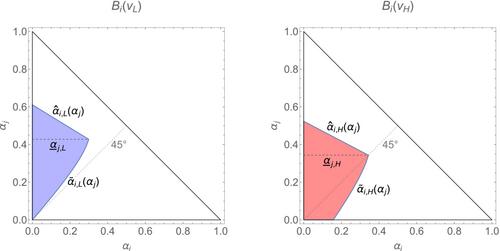具有相对消费者偏好的定价和产品定位*
IF 1
4区 经济学
Q3 BUSINESS, FINANCE
引用次数: 1
摘要
频繁的价格促销迫使消费者不断重新评估他们对产品的偏好。当这导致消费者表现出“相对思维”的偏见时,比如只关注最显著的产品属性可能会引发这种偏见,我们在销售模型中表明(Varian,H.R.,1980,American Economic Review,70(4),pp.651-659),这深刻地改变了公司的定价和产品定位策略。垂直差异化变得更有可能,公司更喜欢占据低质量的空间,尤其是当他们几乎没有忠实消费者的时候。更普遍地说,产品定位现在取决于消费者考虑因素的组成。本文章由计算机程序翻译,如有差异,请以英文原文为准。

Pricing and Product Positioning with Relative Consumer Preferences*
Frequent price promotions force consumers to continuously reassess their preferences over product offerings. When this leads consumers to exhibit a bias of “relative thinking”, such as may be triggered by a focus only on the most salient product attribute, we show in a model of sales (Varian, H. R., 1980, American Economic Review, 70(4), pp. 651–659) that this profoundly alters firms' pricing and product-positioning strategies. Vertical differentiation becomes more likely, with firms preferring to occupy the low-quality space in particular when they have few loyal consumers. More generally, product positioning now depends on the composition of consumers' consideration sets.
求助全文
通过发布文献求助,成功后即可免费获取论文全文。
去求助
来源期刊

Journal of Industrial Economics
Multiple-
CiteScore
1.60
自引率
0.00%
发文量
27
期刊介绍:
First published in 1952, the Journal of Industrial Economics has a wide international circulation and is recognised as a leading journal in the field. It was founded to promote the analysis of modern industry, particularly the behaviour of firms and the functioning of markets. Contributions are welcomed in all areas of industrial economics including: - organization of industry - applied oligopoly theory - product differentiation and technical change - theory of the firm and internal organization - regulation - monopoly - merger and technology policy Necessarily, these subjects will often draw on adjacent areas such as international economics, labour economics and law.
 求助内容:
求助内容: 应助结果提醒方式:
应助结果提醒方式:


